Summer days were made for getting lost in a good book. We’ve gathered a few of the season’s hottest novels—stories of romance, adventure and suspense—that are just right for whiling away a few lazy hours. Grab a cold drink, find a spot in the shade, and get ready to read.
Cape May
By Chip Cheek
In Chip Cheek’s debut novel, the year is 1957. Young Henry and Effie from tiny Signal Creek, Georgia, are on a two-week honeymoon in Cape May, New Jersey. By the end of their first awkward week of marriage, Effie wants to go home early, and Henry, defeated, assents. But the night before they are to leave this coastal ghost town, they spot signs of life—signs of a party, no less—and decide to stop in. Cheek paints a graphic and sensuous portrait of an fragile marriage embattled well before its time. Cape May is a besotted picnic of a novel—day-drunk and languid, shadowed by ever-threatening storm clouds. —Kathryn Justice Leache
Cari Mora
By Thomas Harris
If it’s a thriller you seek for summer reading, look no further than Cari Mora by Thomas Harris, author of The Silence of the Lambs and Hannibal Rising. Beautiful young Cari Mora is an immigrant caretaker of a house in Miami Beach with a fortune hidden beneath it: millions of dollars in cartel gold. When Hans-Peter Schneider—a psychopath who thrives on violence—comes after the treasure, he develops a sinister interest in Cari. But she’s a fighter at heart, has experienced war and knows how to look after herself. Harris explores the dark side of human passion in this pulse-pounding novel. His first book in 13 years, Cari Mora will not disappoint fans of disturbing, taut thrillers. —Julie Hale
The Flatshare
By Beth O’Leary
If the idea of flatmates sharing a bed at alternate hours without meeting sounds too far-fetched, hold your skepticism. If it sounds like a meet-cute waiting to happen, you’re in luck. Regardless of your starting point, The Flatshare is a charming love story to warm your heart. After Tiffy’s boyfriend dumps her, she’s desperate to find a new flat. Night nurse Leon needs extra cash, and he’s willing to get creative. The flatmates follow a strict schedule to ensure that they won’t overlap, but as they begin to get to know each other through notes, their curiosity about each other grows. Even skeptical readers will be surprised by the thoughtful way Beth O’Leary faces not only new love but also the traces of individual pasts. —Carla Jean Whitley
How Not to Die Alone
By Richard Roper
Filled with humor and heart, How Not to Die Alone, Richard Roper’s debut novel, tells the story of Andrew, a solitary soul whose public health job entails tracking down the next of kin of people who die alone. Due to a misunderstanding, Andrew’s co-workers think he’s a happily married father of two. In truth, his only family is a distant sister, and he leads a generally isolated existence. When Peggy joins his team at work, Andrew feels an attraction that she seems to share. But coming clean about his life could mean the end of his career and his reputation. What’s a lonely guy to do? A brisk, compelling read, Roper’s book is a rom-com with substance. —Julie Hale
Into the Jungle
By Erica Ferencik
Delve into the heart of the Amazon in Erica Ferencik’s second action-packed thriller. In 2010, while living in a hostel in Cochabamba, Bolivia, Lily Bushwold, a Boston native, meets Omar, an Amazon hunter turned motorcycle mechanic. Two scrappy yet tender kindred spirits, they quickly fall in love. When Omar is summoned back to his jungle village, Ayachero, to avenge his mourning family, Lily accompanies him. Little does she know it’s not just Omar she follows, but a mystical calling to discover her ca’ah, her life’s purpose, intrinsically bound up with the fragile jungle ecosystem. A chilling journey into jungle life, Into the Jungle is also a deep probe into environmental ethics and love. —Mari Carlson
Monsieur Mediocre
By John von Sothen
Ah, Paris! There’s no city quite like it. And these days, when Americans are finding vacations as scarce as video rental stores, it’s hard not to look with longing at the six weeks’ getaway still in vogue across the pond. But American-born columnist John von Sothen didn’t come to France for the vacations. Fifteen years ago, he fell in love with a French actress and moved to Paris. Now the father of two teens, he has penned an entertaining memoir of his life as a husband, father and constantly surprised expat. Monsieur Mediocre offers thoughtful observations about everything from politics to family life with irresistible charm. —Deborah Hopkinson
Mr. Know-It-All
By John Waters
If you’re a person who’s easily offended, take it from me: Don’t even read the reviews, much less crack open the cover of John Waters’ latest book. A whip-smart (he’d no doubt like that description), funny, multitalented and unique cultural icon, Waters is also an artist and book collector, and these essays reflect his endless assortment of interests—ranging from his movie-making memories (Patty Hearst thought he was kidding when he asked her to be in a movie) to his planning of and taking what he calls “a senior-citizen acid trip.” While it’s certainly not a book for everyone, Waters’ legion of admirers will be lining up in droves to hop aboard the Mr. Know-It-All bus. —Alice Cary
Mrs. Everything
By Jennifer Weiner
At the outset, Jennifer Weiner’s new novel pays homage to Little Women: Older sister Jo, a tomboy and athlete, wants to be a writer, while younger sister Bethie just wants to be a sweet, pretty daughter. But in Alcott terms, these two sisters are more like Jo and Amy—sometimes they just don’t get along. Mrs. Everything follows the two sisters from their Jewish girlhood in post-World War II Detroit through the present and into the near future, 71 years in all. With its long timespan and focus on cultural change, Mrs. Everything is a departure for Weiner, but she still delivers flawed but approachable female characters, well-examined friendships and romantic relationships and often-joyful sex scenes. —Sarah McCraw Crow
Natalie Tan’s Book of Luck and Fortune
By Roselle Lim
Summer beckons a reading list that is as light, fun and feel-good as the season itself. Roselle Lim’s Natalie Tan’s Book of Luck and Fortune definitely fits that need. Set in San Francisco’s Chinatown, Lim’s debut is the story of 20-something Natalie, who has just returned home to the worst news possible: the unexpected passing of her mother, Miranda. Her shock and sadness are compounded by the guilt of parting ways seven years ago over a disagreement which now seems extraneous. But this is a story of luck and fortune, so it isn’t long before Natalie is given a chance to fix it all. —Chika Gujarathi
Necessary People
By Anna Pitoniak
Two complex women inhabit Necessary People, Anna Pitoniak’s second psychologically astute novel. College graduates Stella Bradley and Violet Trapp have become the closest of friends, though they’re opposites in so many ways. When their longtime friendship gives way to ambition, Pitoniak perceptively traces the fracture of their sisterlike bond, leading to a denouement the reader will not anticipate. An insightful glimpse into the competitive world of TV news and Pitoniak’s spot-on portraits of these two women come together in a gripping novel that’s sure to be a popular summer read. —Deborah Donovan
Nuking the Moon
By Vince Houghton
One category of “beach read” that’s criminally neglected is the “dad beach read.” Vince Houghton tackles this genre head-on in his curious, delightful new book, Nuking the Moon. At the height of World War II and the Cold War, national governments the world over devised missions and schemes that never came to fruition—because they were very bad. Houghton, a curator at the International Spy Museum in Washington, roasts these failed plots one by one. “Why not use a live cat to spy on the Russians?” someone at the CIA once asked without a hint of irony. “I’ll tell you exactly why,” Houghton responds, to readers’ delight. —Christy Lynch
Out East
By John Glynn
This memoir relates the travails of a group of privileged New England kids as they navigate an indulgent, raucous summer in Montauk in their late 20s. (Of course, references to The Great Gatsby abound.) When feelings for a male friend develop into something more, author John Glynn finds himself bearing the weight of a secret about his sexual identity. What follows is a charming portrait of how deeply human it is to be uncertain, to be driving a hundred miles an hour toward nowhere and longing to have a buddy in the car. Out East is a heart-wrenching reminder of the precarious emotional inner life that undulates just beneath the surface, even for people who seem as though they have it all. —Kelly Blewett
Passion on Park Avenue
By Lauren Layne
The title says it all: Passion on Park Avenue by Lauren Layne is a Big Apple romance brimming with sophisticated fun. At 29, Naomi Powell is spirited, independent and oh-so-successful. The daughter of a housekeeper, she holds the rank of CEO at a major jewelry company—a position that gives her access to the rarefied world of the Upper East Side. Yet Naomi isn’t quite accepted by the city’s well-to-do. When handsome Oliver Cunningham—the son of a family who once employed her mother—enters the picture, she has a new distraction on her hands. The first entry in Layne’s new Central Park Pact Series, Passion on Park Avenue is the perfect summer escape. —Julie Hale
Recursion
By Blake Crouch
Blake Crouch’s follow-up to his breakout bestseller, Dark Matter, has an instantly compelling premise—across the country, people have begun experiencing vivid, emotional memories of alternate lives. Solving the mystery of False Memory Syndrome would be enough to drive Recursion forward, but the second you think the book has settled into a holding pattern, it pinwheels off in an entirely unexpected direction. Early on, Crouch lets the reader in on the secret of the syndrome’s origins through frequent flashbacks to 11 years before the disease started to spread, and the two timelines play off each other in increasingly poignant ways. It’s early, but Recursion may be the smartest, most surprising thriller of the summer. —Savanna Walker
The Scent Keeper
By Erica Bauermeister
Emmeline and her scientist father live a somewhat idyllic, if Spartan, existence on a remote island off Canada’s west coast. He’s invented a mysterious machine, the Nightingale, a kind of olfactory Polaroid camera that captures scent moments on specialized paper. But paradise, like childhood, has a fixed term, and one traumatic incident whisks Emmeline off her island into a society that she finds finds both intriguing and terrifying. Reminiscent of Vianne Rocher from Joanne Harris’ beloved Chocolat, Emmeline is persistent, engaging and a savant in her chosen field. All she has to do is to take her father’s advice: follow her nose, and then get out of its way. —Thane Tierney
Stay Sexy and Don’t Get Murdered
By Karen Kilgariff & Georgia Hardstark
Fans of the wildly popular “My Favorite Murder” podcast already know the heart, hilarity and horror embodied by hosts Karen Kilgariff and Georgia Hardstark. But even those who have been living under a rock will enjoy their new book, Stay Sexy and Don’t Get Murdered. Kilgariff and Hardstark delve into comedy’s darker, more vulnerable underbelly in these essays, detailing adolescent escapades with drugs, creeps, eating disorders and more. Confessional, wise and more than a little obscene, this book is for anyone whose path to adulthood is littered with blunders. These authors will show you how to remember them and laugh. —Christy Lynch
Summer Hours
By Amy Mason Doan
Summer Hours is a sweet, satisfying love story. Growing up, Becc always played by the rules, getting good grades and preparing for a journalism career. But a college romance with the irresistible Cal derailed her plans and damaged an important friendship. Years later, as she travels to California for a wedding, Becc is accompanied by a special guy whom she hasn’t seen in ages (we won’t spoil the story by revealing his identity!). Memories of the time she spent with him come flooding back, but he doesn’t seem to share her enthusiasm for the past. Should Becc ignore her feelings, or follow her heart? Doan spins an unforgettable tale of old-fashioned romance in this winning novel. —Julie Hale
Time After Time
By Lisa Grunwald
Fans of historical fiction will savor Time After Time by Lisa Grunwald. In 1937, Joe, a railway man working in Grand Central Station, crosses paths with Nora, a mysterious young woman who doesn’t quite fit in with her surroundings—because she’s a ghost. The real Nora was an art student who died in a subway crash in 1925. As a spirit, she reappears in Grand Central Station every now and again, but when she and Joe fall in love, they’re determined to find a way to build a life together. An unforgettable tale of otherworldly romance, Grunwald’s book is a true page-turner. Pick up a copy and prepare to be transported. —Julie Hale





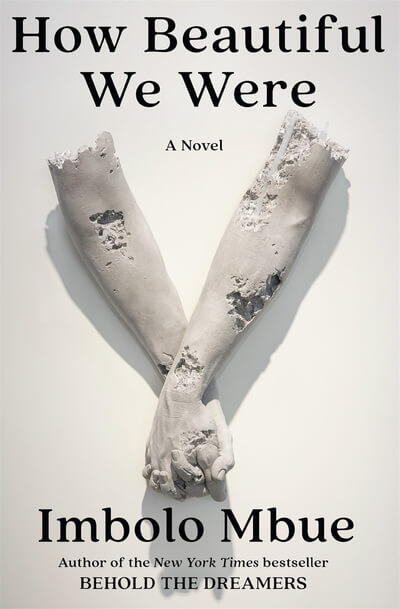
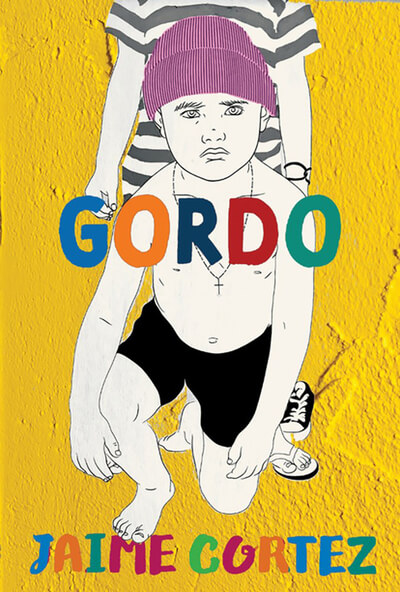
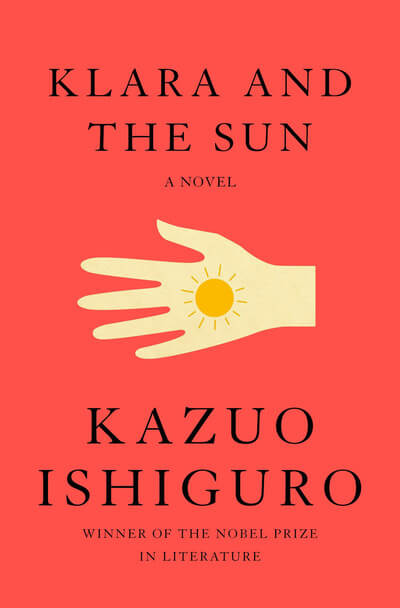
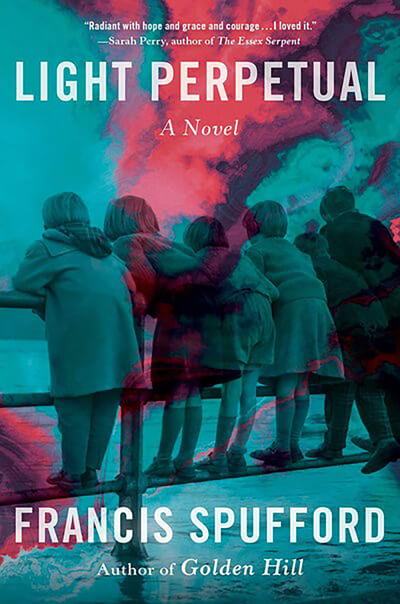

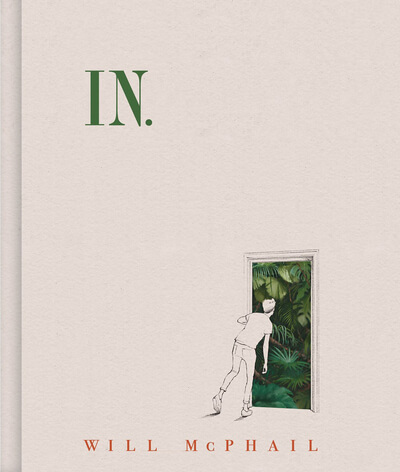
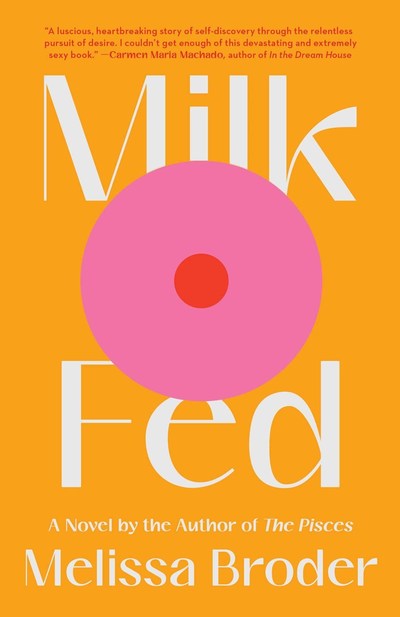
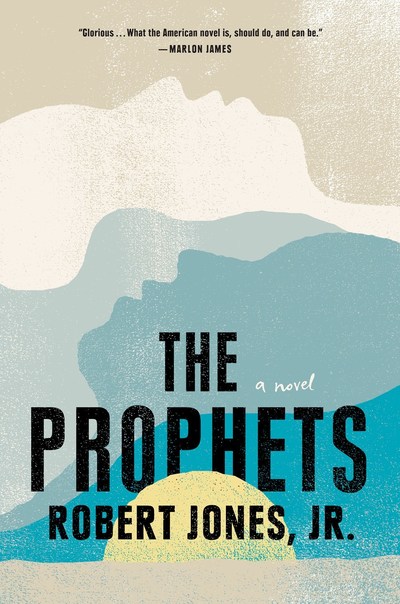


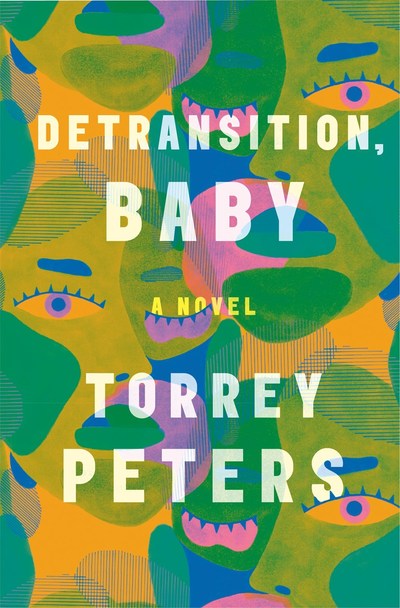



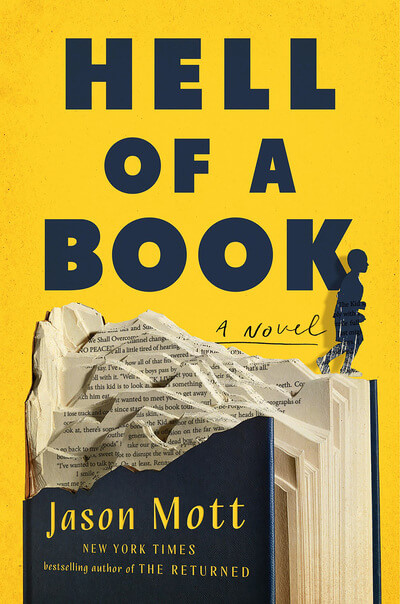

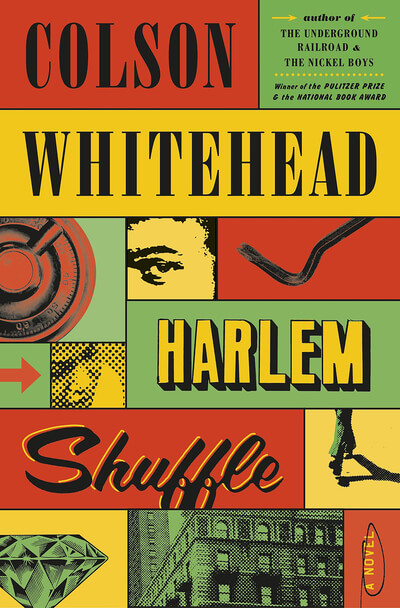
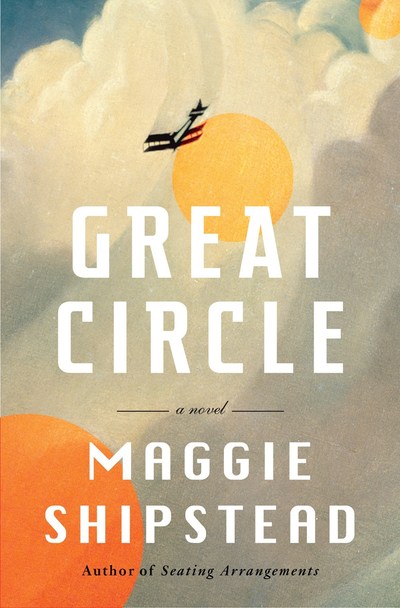





 REBELLION
REBELLION GATHER THE DAUGHTERS
GATHER THE DAUGHTERS SEE WHAT I HAVE DONE
SEE WHAT I HAVE DONE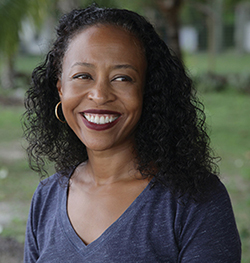 THE TALENTED RIBKINS
THE TALENTED RIBKINS THE HALF-DROWNED KING
THE HALF-DROWNED KING





















